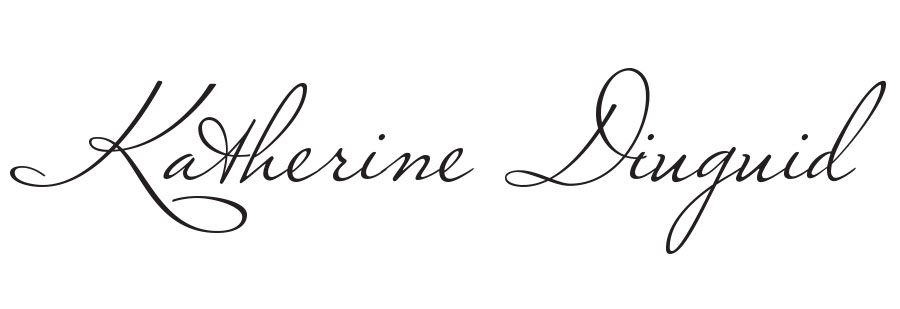Originally presented at SECAC 2017, this research is ongoing. Kat
An embroiderer’s color palette is naturally limited to their selection of available threads. Even if committing to the extensive time required to hand-dye threads, once the thread is stitched, shadows and stitch pattern can obscure the perceived color. To achieve the desired colors and visual affects, embroiderers are required to blend thread mixing, ground color choice, stitch type, and stitch repetition. In observing the paintings of the Impressionists and Post Impressionists, many similarities can be identified with their use of color and the color interactions utilized in embroidery. Traditionally, color explorations have utilized flat color (either painted or paper) or light to evaluate color interactions. This project is unique, as it addresses the patterns, shadows, and fibrous texture that naturally appear in stitching through a comprehensive presentation of stitched samples that challenges the color theory principles exhibited in Monet’s Stacks of Grain (Haystacks) and that explores ways to recreate his luminous optical mixing with thread.


